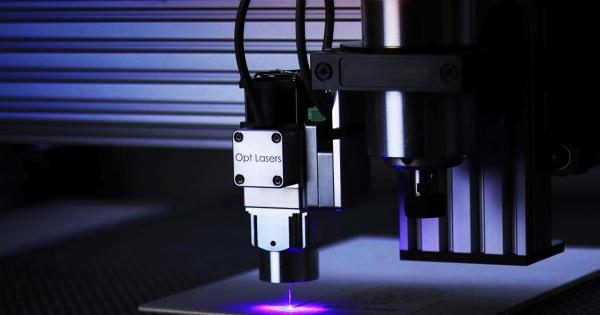Rim, alveolar, and palate problems are common issues that can affect the function and aesthetics of the mouth. These problems can negatively impact speech, chewing, and overall oral health.
However, with advancements in dentistry, there are now new treatments available to address these issues. In this article, we will explore some of the latest advances in treating rim, alveolar, and palate problems.
Rim Problems
Rim problems refer to issues with the edges of dental restorations such as dentures or dental crowns. Traditionally, rim problems were challenging to address as adjustments would often require sending the restoration back to the lab.
Fortunately, new technology such as chairside CAD/CAM systems has revolutionized the way rim problems are treated. With CAD/CAM systems, adjustments can be made in real-time, allowing for more efficient and precise modification of the restoration.
Alveolar Problems
The alveolar ridge is the bony ridge that contains the tooth sockets and helps support the teeth. Alveolar problems can occur due to tooth loss, gum disease, or facial trauma.
One of the latest advances in treating alveolar problems is the use of bone grafting techniques. Bone grafting involves the placement of bone or bone-like materials to stimulate the growth of new bone in the alveolar ridge.
This procedure helps restore the shape and density of the ridge, providing a solid foundation for dental implants or dentures.
Palate Problems
Palate problems, such as cleft palate, are developmental issues that affect the roof of the mouth. These problems can cause difficulties with speech, eating, and even breathing.
Advances in treating palate problems are focused on early intervention and multi-disciplinary care. Surgical techniques have improved, allowing for more precise and successful repairs of cleft palates. Additionally, speech therapy and orthodontic treatment play significant roles in addressing palate problems and ensuring optimal outcomes.
Laser Technology
Laser technology has been a game-changer in various dental procedures, including the treatment of rim, alveolar, and palate problems. Lasers offer several advantages, such as less bleeding, reduced discomfort, and faster healing times.
When used in treating rim problems, lasers can precisely shape and adjust the edges of dental restorations without the need for physical adjustments. In alveolar ridge augmentation procedures, lasers can promote better wound healing and minimize post-operative complications. For palate problems, lasers can aid in tissue repair and improve surgical outcomes.
Digital Imaging and Virtual Treatment Planning
Digital imaging and virtual treatment planning have significantly enhanced the diagnosis and treatment of rim, alveolar, and palate problems.
Cone beam computed tomography (CBCT), a type of 3D imaging, allows for detailed visualization of the oral structures, enabling more accurate planning of treatments. Virtual treatment planning software enables dentists and specialists to pre-plan surgical procedures, such as bone grafting or palate repair, using digital models.
This technology helps streamline operations, reduce surgical time, and optimize treatment outcomes.
Occlusal Splints
Occlusal splints, also known as bite splints or night guards, are devices used to treat various dental problems, including rim problems. These custom-made oral appliances are designed to fit over the teeth and help improve the bite alignment.
In treating rim problems, occlusal splints can alleviate the stress and pressure on the restoration, reducing the risk of damage or discomfort. Additionally, they can be adjusted to refine the bite and ensure optimal functionality.
Regenerative Therapies
Regenerative therapies offer promising solutions for treating rim, alveolar, and palate problems.
Stem cell therapy, platelet-rich plasma (PRP), and growth factor therapies have shown potential in promoting tissue regeneration and improving healing outcomes. These therapies aim to enhance the body’s natural healing mechanisms and accelerate tissue repair. Research in regenerative therapies is ongoing, and they hold great promise in the future of treating oral health issues.
Prosthetic Advances
Prosthetic advances have significantly impacted the treatment of rim, alveolar, and palate problems. Dental implants, for example, have revolutionized the replacement of missing teeth and the restoration of alveolar ridges.
Implant-supported dentures provide superior stability and support, enhancing both function and aesthetics. Digital dentistry and advancements in material science have also improved the design and fabrication of dental restorations, ensuring better fit, durability, and esthetics.
Conclusion
The field of dentistry has witnessed significant advancements in the treatment of rim, alveolar, and palate problems. From technological innovations to regenerative therapies, these advancements offer improved outcomes and enhanced patient experiences.
As dentistry continues to evolve, it is crucial for dental professionals to stay updated with these new advances to provide the best possible care for their patients.





























